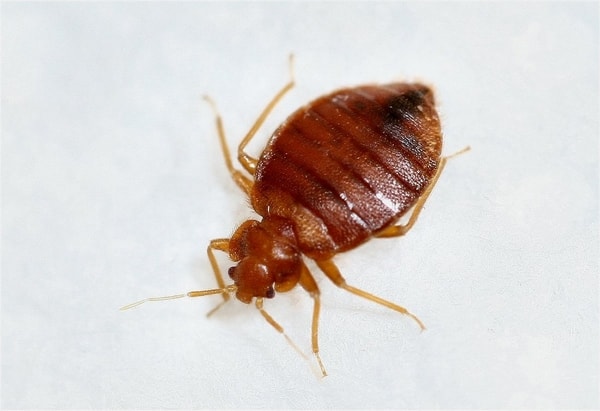People traveling for business and leisure want a home away from home when they stay in a hotel. In addition to a comfortable bed and enough towels and pillows, travelers want a competent staff, proximity to good food, a few amenities and a clean and restful room. What they don’t want are any unwanted roommates, like pests.

Even if everything else from check-in to check-out is perfect, a pest sighting can ruin the hotel experience for a guest. Pests, such as cockroaches and rodents, can compromise a hotel’s cleanliness by carrying pathogens that spread diseases. As unwanted as these pests are, however, there’s not much that can spoil a hotel stay like the presence of bed bugs.
What are bed bugs?
Bed bugs are small parasitic insects that feed on the blood of warm-blooded animals. They’re called bed bugs because they like to nest in and around beds and feed on sleeping people. Bed bugs:
- Cause itchy and sometimes painful bites
- Can be hard to spot
- May be transported by travelers
- Affect many people: one in five Americans has had a bed bug infestation in his or her home or knows someone who has encountered bed bugs at home or in a hotel, according to the National Pest Management Association
Unfortunately, bed bug infestations are on the rise. 99.6% percent of pest professionals have treated for bed bugs in the past year. That number – which has been consistent for the past few years – is significantly higher than 15 years ago, when only 25% of pest professionals reported treating for bed bugs, according to the National Pest Management Association.
How do you check for bed bugs?
First, know what they look like. Adult bed bugs grow to be 4–5 millimeters long and 1.5–3 millimeters wide (about the size of an apple seed), with a small head and larger oval-shaped body. Newly hatched bed bug nymphs are tiny (1 millimeter) and cream colored. Most bed bug infestations are found in beds, furniture, pictures and baseboards next to the bed. Bed bugs can hide in cracks, folds and tucks in and around these areas.

Bed bug signs include bite symptoms, small brown (fecal) spots on bedding and small blood smears on sheets. If there’s a moderate to severe infestation, small translucent bed bug eggs, though very difficult to see, may be found in tucks and folds of mattresses and box springs, behind headboards, along baseboards and other hiding places. You may also notice molted skin from the bed bugs, or bedding that has a slightly sweet or rotting fruit odor.
What can you do to keep your hotel safe from bed bugs?
Bed bugs are notoriously difficult to control. Unfortunately, they are resistant to most over-the-counter pesticides and are very good at hiding. Even if you have treated your beds and furniture, bed bug colonies may still be thriving under carpets, in walls or in other inaccessible areas of your hotel. One product or technique, used alone, is not likely to be effective against bed bugs.
That’s why your best course for hotel bed bug control is to work with a recognized and reputable commercial pest control professional who has specific training, skills, and proven methods for dealing with bed bugs.
Terminix® Commercial offers customized treatments that detect infestations early to safely control bed bugs quickly with minimal disruption to your hotel and without using pesticides on mattresses. One of the treatments that Terminix uses is RapidFreeze®, which is carbon dioxide (CO2) converted to a dry ice “snow” that freezes the insects, including eggs and nymphs.
Best of all, results are guaranteed with Terminix Commercial. If bed bugs are found in the treated area within the next 30 days, Terminix performs further treatment at no additional cost. Help ensure that your guests find a home away from home at your hotel and that bed bugs “Do Not Disturb” their stay.


